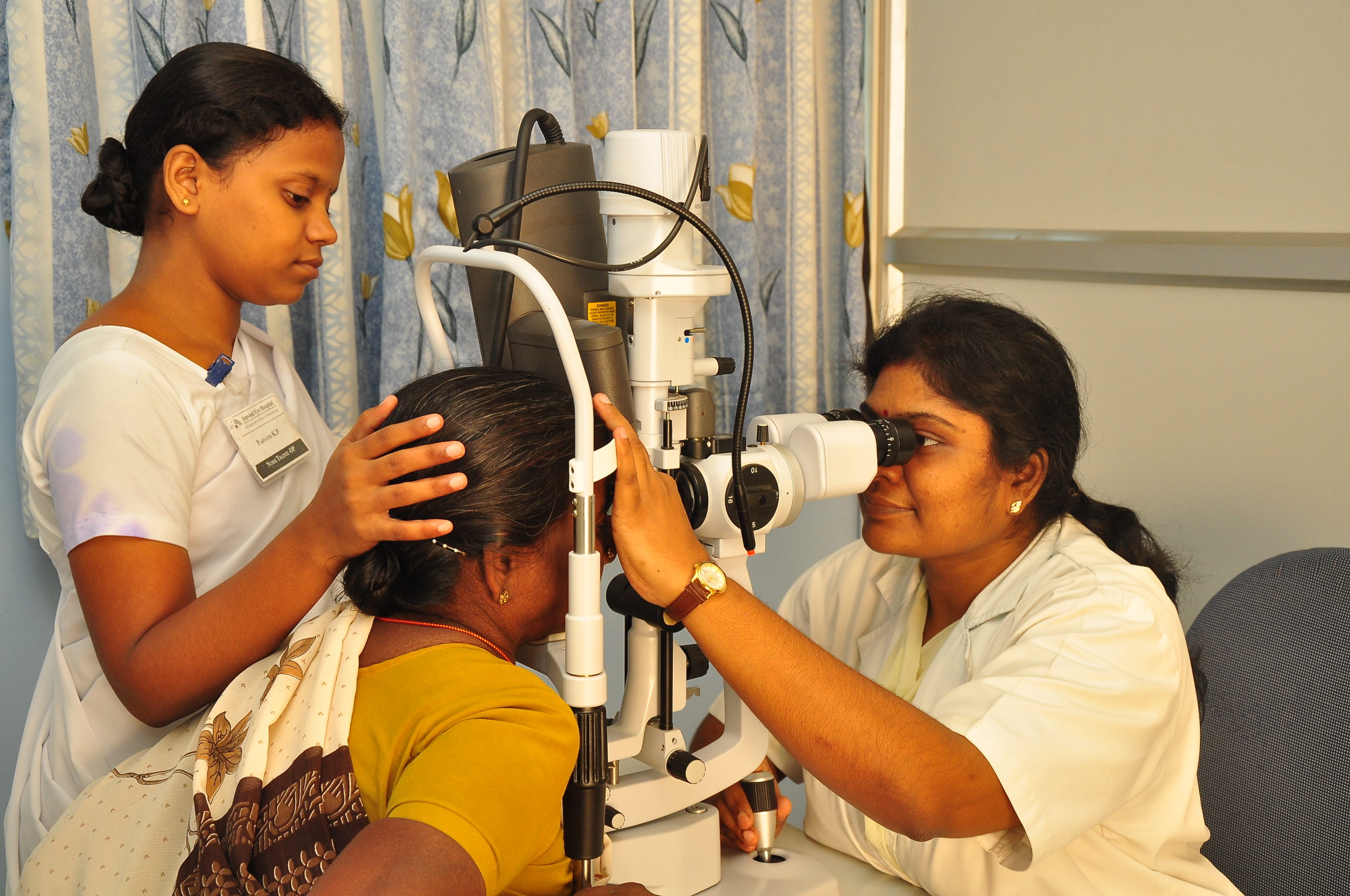Test your knowledge: glaucoma

Related content
Test your understanding of the concepts covered in this issue and reflect on what you have learnt.
We hope that you will also discuss the questions with your colleagues and other members of the eye care team, perhaps in a journal club. To view the activities online, please visit: www.cehjournal.org
Tick ALL that are TRUE
Question 1
Detecting and diagnosing glaucoma, including optic nerve head examination and gonioscopy)?
a. Optical coherence tomography (OCT) is essential for making a definite (unequivocal) diagnosis of glaucoma.
b. Gonioscopy is an optional part of the examination of glaucoma patients.
c. Loss of the superior part of the visual field (such as an arcuate scotoma) from glaucoma would usually be associated with thinning/notching of the superior part of the optic disc.
d. Many patients with glaucoma are asymptomatic and may present with irreversible vision loss in one eye.
Question 2
Neovascular glaucoma and managing the painful blind eye
a. Treatment for a painful blind eye due to neovascular glaucoma may include injection of 100% alcohol into the eye to destroy the sensory ciliary nerves.
b. Non-invasive treatment options for a painful, blind eye may include atropine eye drops, steroid eye drops, and oral analgesics such as paracetamol.
c. The most common causes of neovascular glaucoma are diabetic retinopathy and retinal vein occlusions.
d. Severe neovascular glaucoma is an urgent/emergency eye condition any may require intravitreal injection, pan-retinal photocoagulation (PRP) laser, and glaucoma surgery.
Question 3
Managing chronic open-angle glaucoma and running a glaucoma programme
a.All glaucoma patients require treatment which may include drops, laser, or surgery.
b.The purpose of glaucoma care is to preserve the quality of life and livelihood of a person with glaucoma, which includes maintaining their visual function while minimising the side-effects and complications of treatment.
c.Minimally invasive glaucoma surgery is safe and effective at reducing intraocular pressure and is replacing more conventional types of glaucoma surgery (for example trabeculectomy).
d.Selective laser trabeculoplasty has good evidence for its use to treat glaucoma in low- and high-income settings.
ANSWERS
1. a. False. Glaucoma is diagnosed by observing changes to the optic disc that
correspond to visual field defects. OCT is not necessary.
b. False. It is vital to identify whether there is irido-trabecular contact or angle
closure in patients with glaucoma and to treat this appropriately.
c. False. A superior visual field defect would usually be associated with
thinning/notching of the inferior part of the optic disc, and vice versa.
d. True. Treatment should prevent further vision loss in that eye and the
other eye if it is also affected
2. a. False. Retrobulbar (behind the eye) injection of alcohol may be used
b. True.
c. True.
d. True.
3. a. False. Not all glaucoma patients require treatment; for example, a patient with
slowly progressive disease and a short life expectancy whose quality of life will
not be affected by the glaucoma.
b. True.
c. False. The evidence for MIGS is limited, especially in low- and middle-income
settings, and they tend to give a relatively small reduction in intraocular pressure.
d. True. The LiGHT study in the UK and KiGIP study in Tanzania showed it was
safe and effective compared to eye drops for open angle glaucoma.
